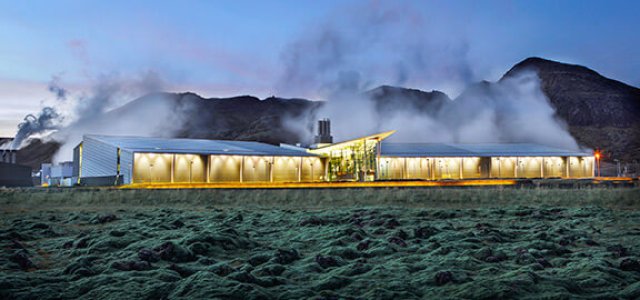Energy and Green Solutions
Reykjavik Geothermal Story
In 1908, geothermal hot water was first primitively used for house heating needs. In Reykjavík, full-scale drilling for deeper and hotter water started in 1928. The city built a distribution pipeline and connected the first house, thereby initiating the transition to geothermal district heating in Iceland. By the 1970s, Reykjavík set the goal of expanding geothermal district heating to all houses in the capital area. Geothermal heating was increasing around the country in other communities as well. The investment paid off tremendously for those connected to geothermal district heating when the global oil crisis hit in 1973-74. The problem was that half of the population was still heating with oil, and the government reluctantly had to subsidize oil to avoid an energy crisis. Iceland subsequently invested in switching entirely to domestic geothermal energy sources for its house-heating needs.
Today, 100% of homes and buildings in the Capital Area are connected to district heating powered by geothermal. This long-term energy transition played a huge part in how Iceland was able to lift itself from one of the poorest countries in Europe to one of the world’s wealthiest nations in 50 years.
Geothermal direct use applications include carbon capture, synthetic fuel production, luxury bathing spas, specialized food production, cosmetics manufacturing, and supplements.

